7 ant-repellent plants to keep your home pest-free
These are the plants to get if you’ve got an ant problem
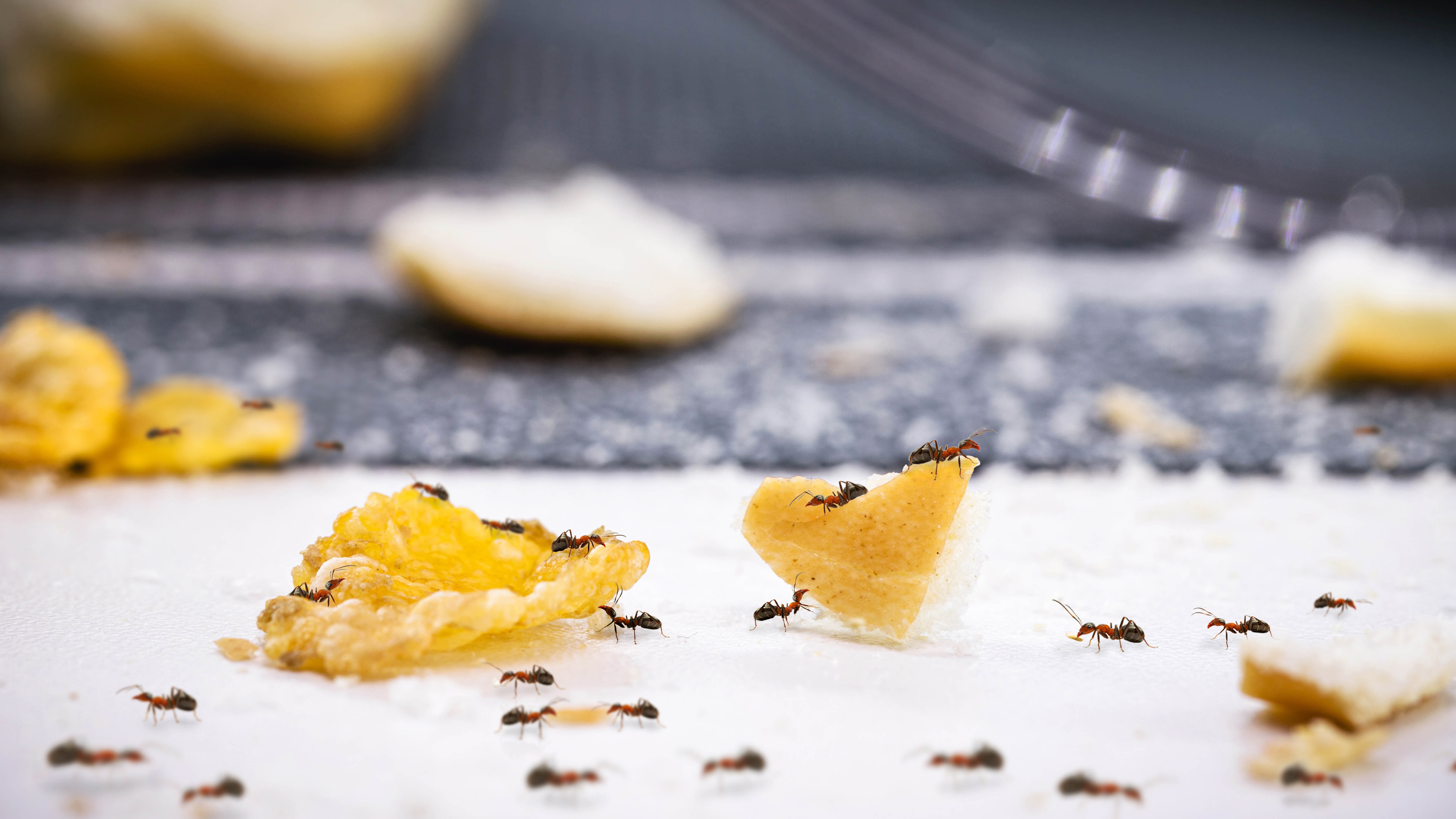
When it comes to pests, ants are one of the common unwelcome guest. These small, but resilient, insects can quickly take up residence in your home and multiply in a matter of days. Should you spot one, it needs to be dealt with promptly. It’s not particularly hygienic to have ants crawling around your home, and they can quickly do damage to the space if given a chance.
Ants are attracted to any kind of food source as well as moisture — just two of the 7 things that are attracting ants to your home. They’re drawn to certain varieties of flowers as well, but did you know that some plants will actually repel ants?
You read that right, some plants will not only repel ants, but keep them out of your home. That means you will no longer have to worry about how to get rid of ants. With your ant-repellent plants standing guard, they will do the work for you. If you need to know which plants will keep ants away as opposed to drawing them in, we’ve listed several options here.
If you’re having trouble with reptiles in your yard, there are also 9 plants that repel snakes. If your pests include rodents, there’s also 7 plants that keep mice and rats from invading your home.
1. Chrysanthemum
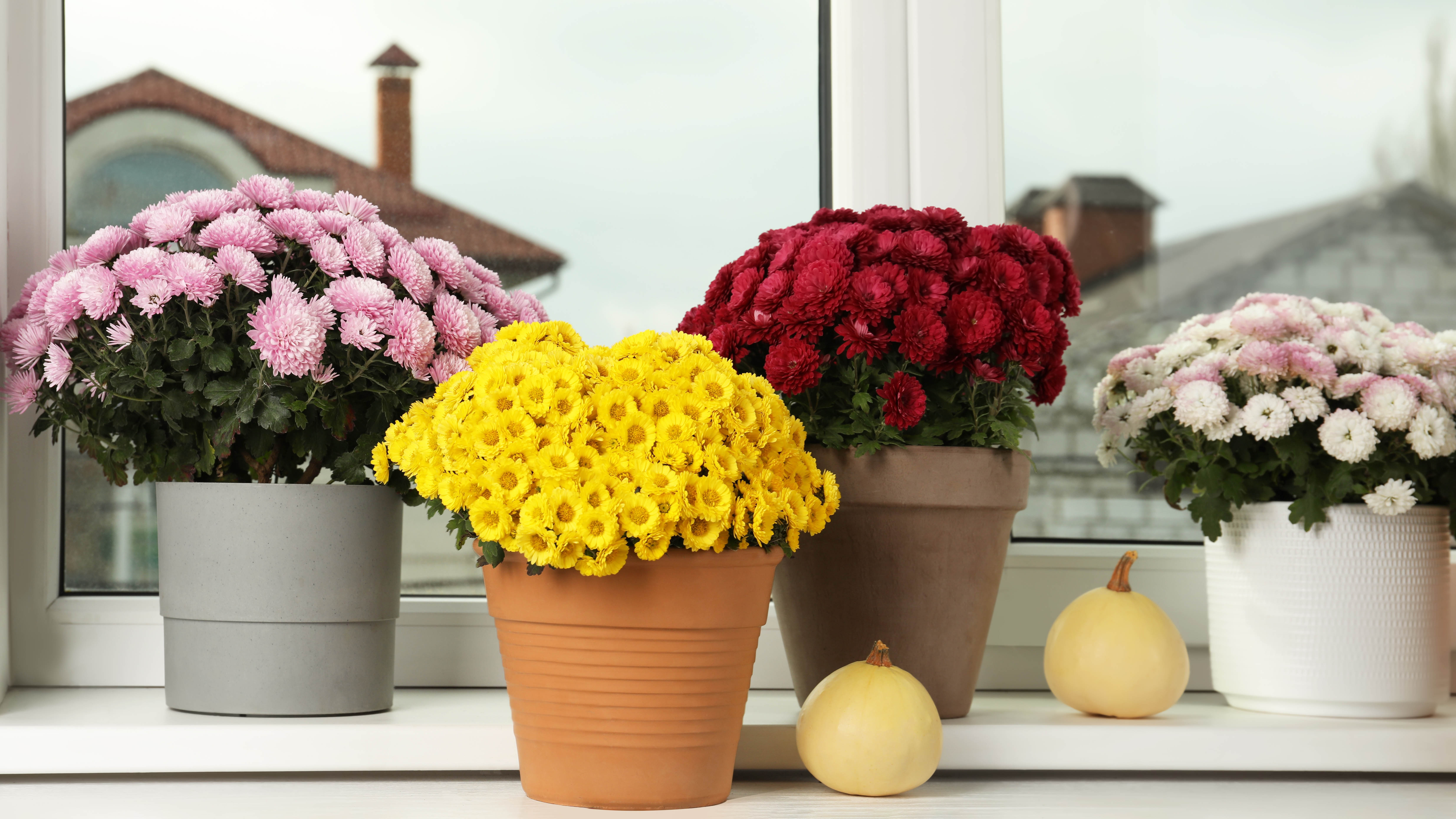
Chrysanthemums, or mums, are a common bouquet addition. They come in all sorts of colors and can look like a ruffled burst of flower petals or like a simple set of petals surrounding a center, like a large daisy. As well as looking beautiful on display, these flowers will keep ants at a distance. This is because they contain pyrethrum, which is a common insecticide ingredient.
That means chrysanthemums are an active as well as natural ant repellent. These can be grown outdoors or planted in containers inside. They’re easy to care for, thriving in fertile soil with access to regular water. In terms of light, this plant will do best in the full sun, so a kitchen windowsill could be a good position.
A word of caution though. Chrysanthemums are toxic to both cats and dogs, so do not put any on display in spaces where furry family members can be found running around.
Sign up to get the BEST of Tom's Guide direct to your inbox.
Get instant access to breaking news, the hottest reviews, great deals and helpful tips.
2. Mint
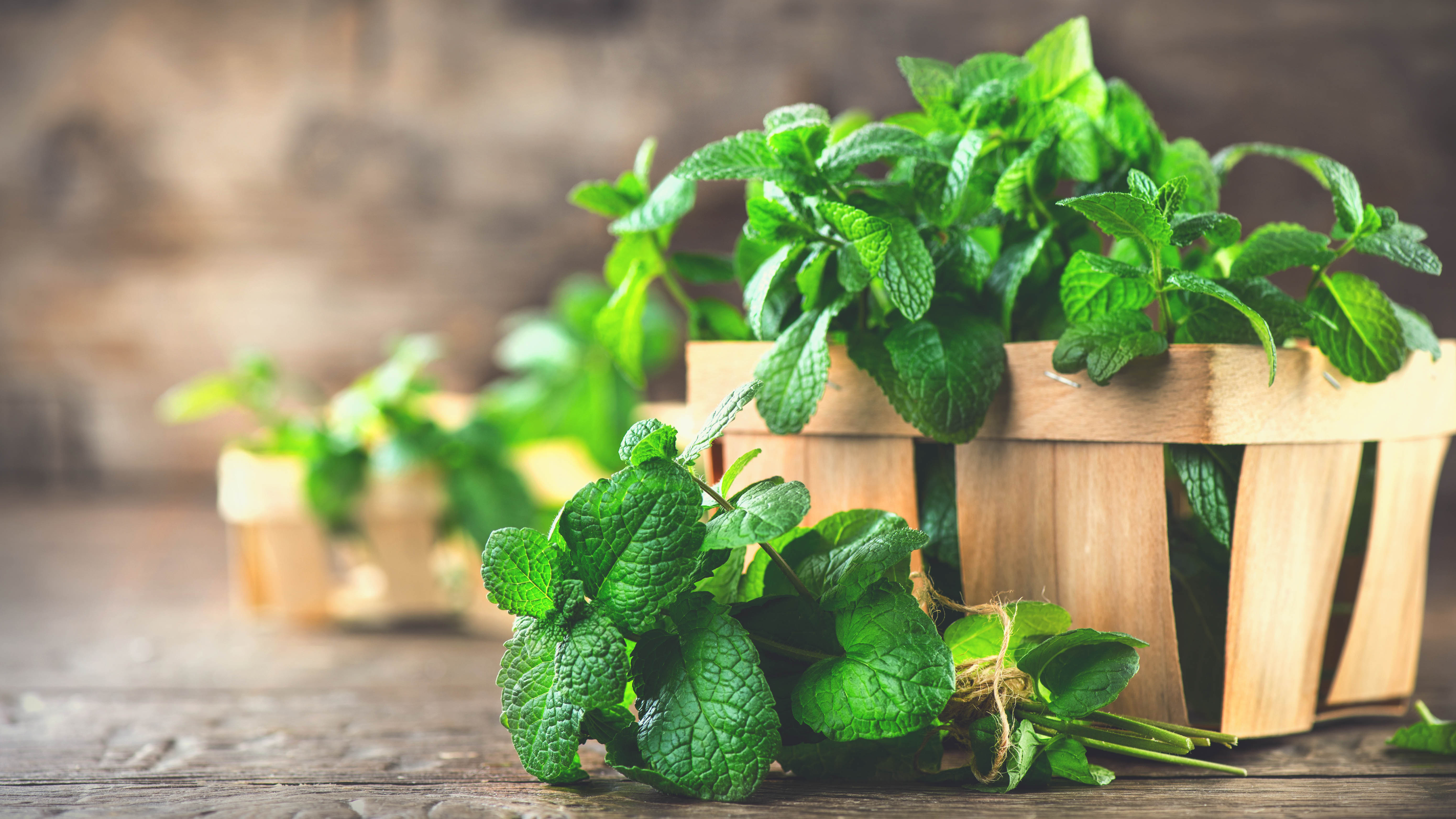
Mint may smell amazing to us, so much so that we use it to garnish our meals as well as brush our teeth, but it’s no friend to ants. The strong and potent fragrance will make ants turn tail and run. Peppermint and spearmint in particular are very effective because of their strength of aroma; they can even deter rodents!
Mint is all too easy to grow, flourishing whether in full sun or partial shade, with regular water. In fact, it can quickly become invasive, so it’s best to keep this plant in a container so you can control its growth and cut it back when required with a pair of the best pruning shears. You can then use the leaves as part of your meals or place them around your home for extra ant-repelling effect.
Peppermint oil can work in much the same way if you don’t want to grow mint indoors. Just mix two teaspoons with a cup of water and spray around your home where necessary.
You will want to keep your pets clear of mint as well, because it is toxic to both cats and dogs.
3. Rosemary
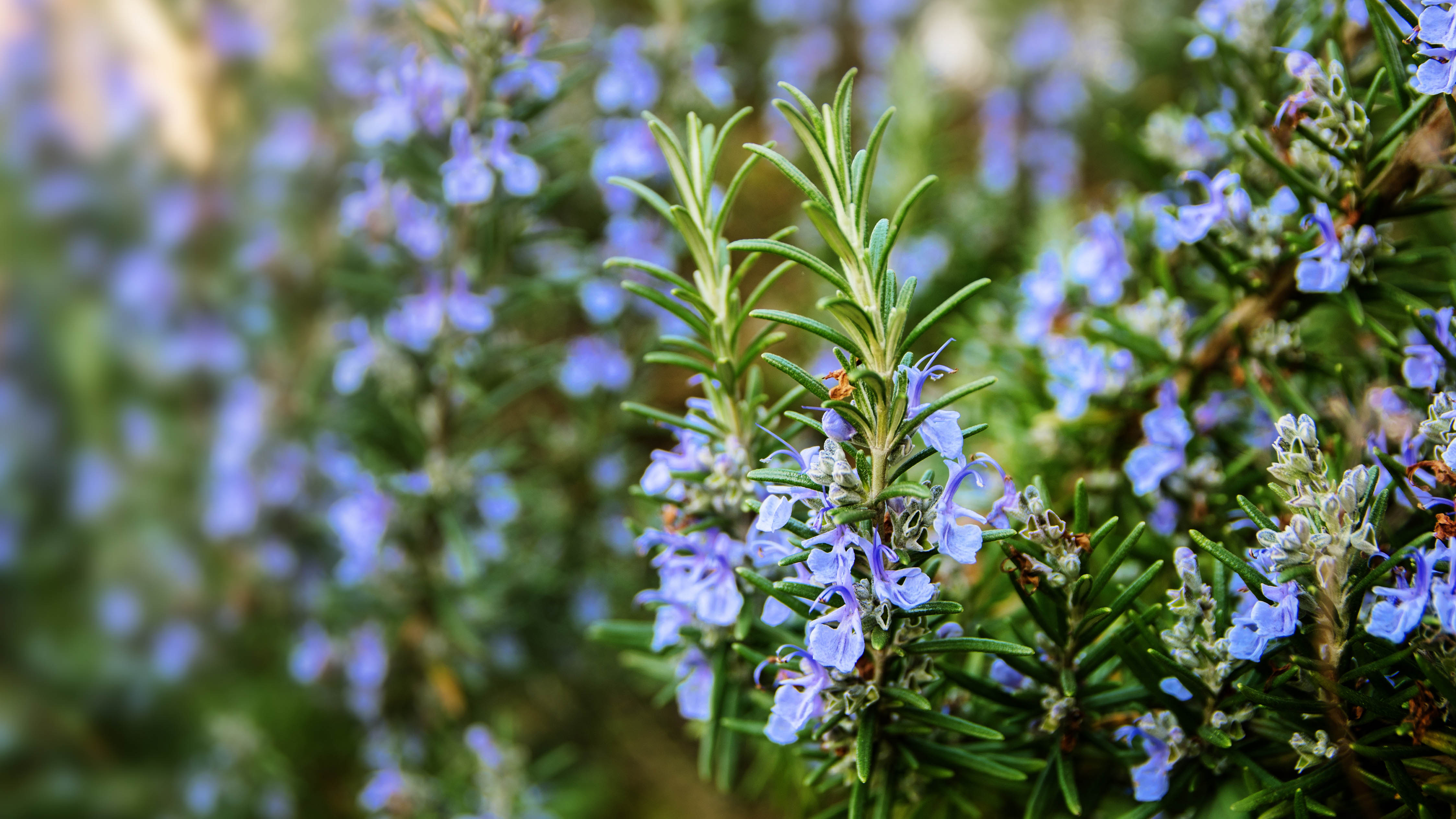
Rosemary can make for a delicious garnish, particularly on a plate of fries. It’s used to add a herbal fragrance to all kinds of meals and can even be found in soaps, perfumes and makeup. While we may love the faint smell of rosemary, ants do not. It smells so intense to them that they will avoid it at all costs. In fact, flies, gnats and mosquitoes will steer clear as well, so you’re technically repelling several insects with one plant.
Rosemary prefers a warm climate (50°F and above), but it can be grown outside as well as indoors. As long as it gets direct sun and regular water, although the soil prefers to be on the dry side, it will be happy. A humid environment is often welcome as well. This plant is non-toxic to cats and dogs, which is a bonus.
4. Lavender
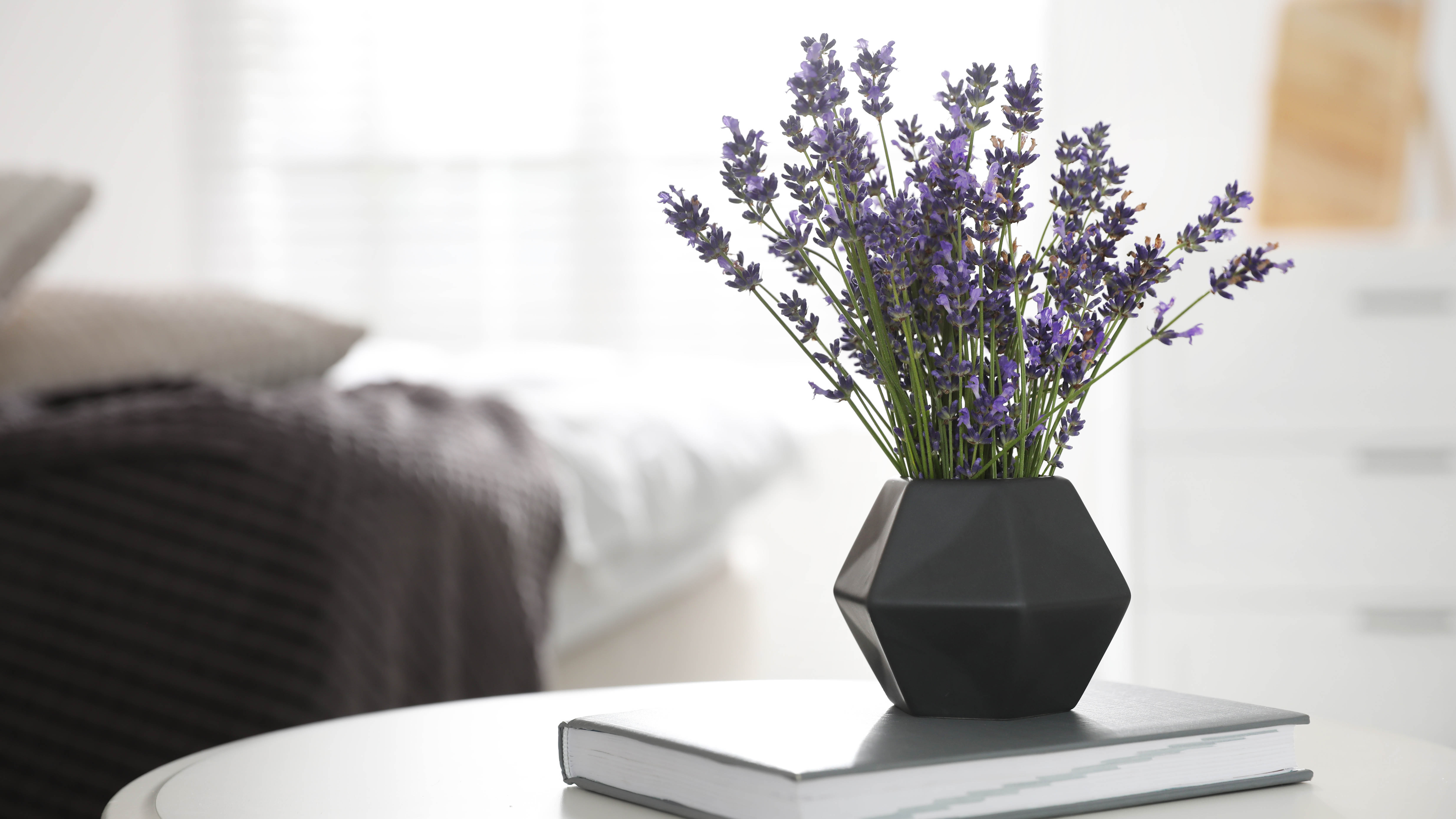
Lavender is an easily-recognized plant, thanks to its tall and vibrant purple flowers. Its delicate and yet floral aroma is used frequently, found in sweets and cakes as well as soaps. Lavender oil has all kinds of uses as well, renowned for easing stress and helping you sleep. If you love the smell of lavender, but hate the sight of ants, you’re in luck. Ants can’t stand the smell of it, and will actively stay away from any strategically placed bunches around the home. That means if you know where the ants are coming in, be it a window or the back door — this could be a good spot for your lavender.
Lavender is pretty hardy, enjoying full sun and lasting well in dry conditions. Take care not to overwater it, and make sure the soil can drain freely. They can be grown outside or in, and will require pruning back in the late summer. Bear in mind that these are toxic to both cats and dogs though.
Lavender oil can also be used to much the same effect. It can be combined with your cleaning products or laundry detergent to take advantage of the ant-repelling aroma.
5. Garlic
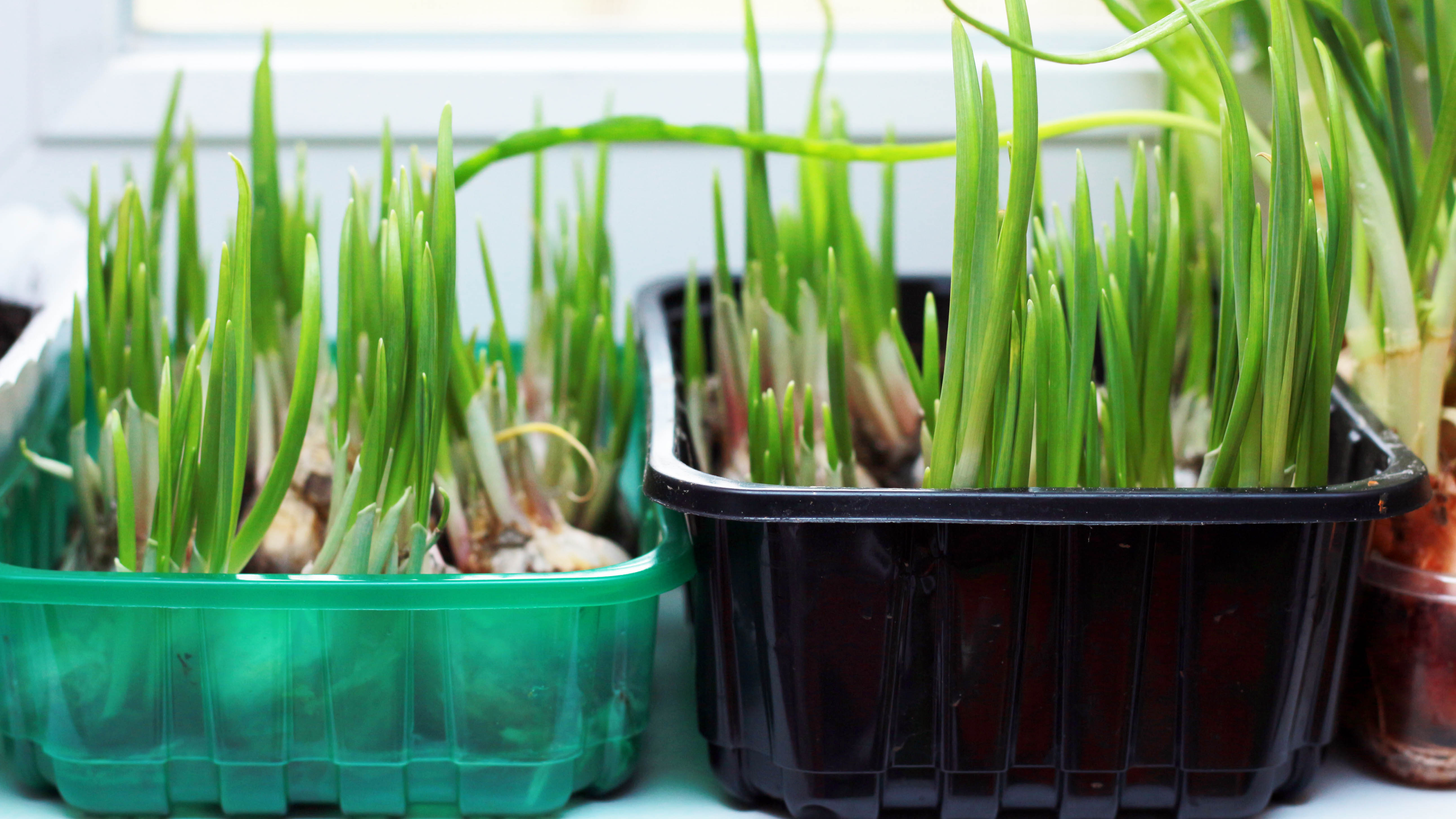
While garlic isn’t well-known for its beauty, it’s still a useful plant in more ways than one. Not only does it supply a delicious ingredient which can help flavor some of your favorite dishes, it will keep ants out of your kitchen once and for all. This is because that strong smell that garlic is renowned for, is working its magic on insects as well. This vegetable emits sulfurous compounds when the skin is cut, so pests will naturally give it some distance to avoid this. It can take its toll on mosquitoes, flies, rodents as well as ants, so it’s a good addition to a kitchen.
Garlic sprays are often used as effective insect-repellents. If you don’t mind the smell of fresh garlic, it’s a useful method. All you have to do is mix five cloves of garlic with a pint of water, pureeing the garlic beforehand. Then spray around your home or yard as needed. Alternatively, a few well-placed cloves of garlic around the home can have an impact as well. If you want to try your hand at planting garlic, check out our guide on how to grow garlic. Again, this plant is toxic to both cats and dogs unfortunately — so avoid it if you have pets.
6. Basil
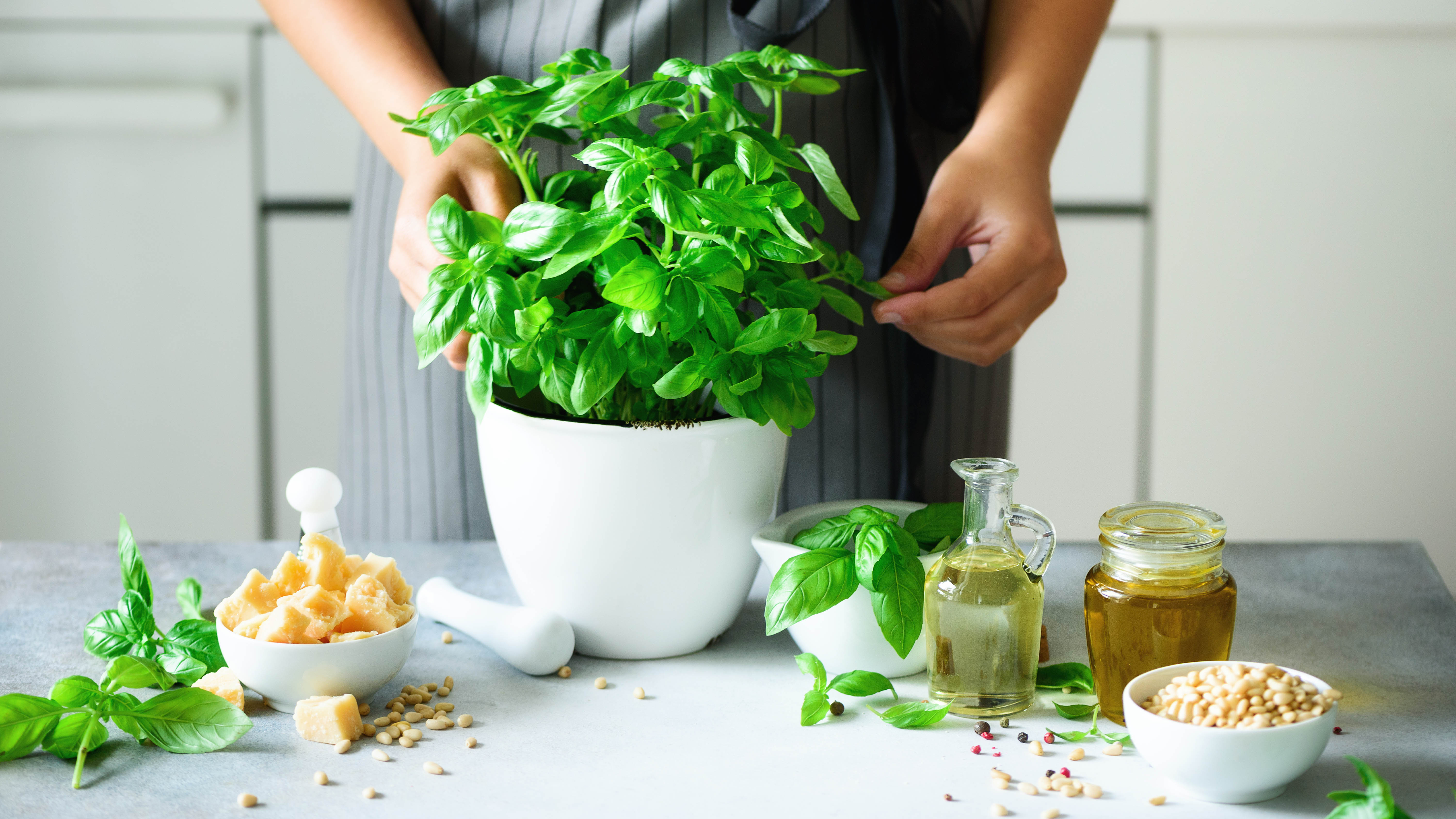
Basil is another beneficial herb to grow in the kitchen. It goes well with olive oil as well as tomatoes and can garnish any number of dishes, from your typical pizza to ice cream. It’s also an effective ant-repeller thanks to its strong and distinctive aroma. The oil it contains is particularly potent as well, warding off flies and mosquitoes in addition to ants. So it’s worth trying to extract this from the excess leaves by boiling them and then blending them in one of the best food processors. Then you can make your own insect repellent.
Basil is a little more tricky to grow than others on this list, but it can be done in the right conditions. It needs a warm environment, at least 60°F or higher, and moist soil, but not waterlogged. Keep it in partial shade, out of direct sunlight. It can be grown indoors with enough care and attention. This plant is non-toxic to cats and dogs, which means you’re safe to grow it around furry family members.
7. Tansy
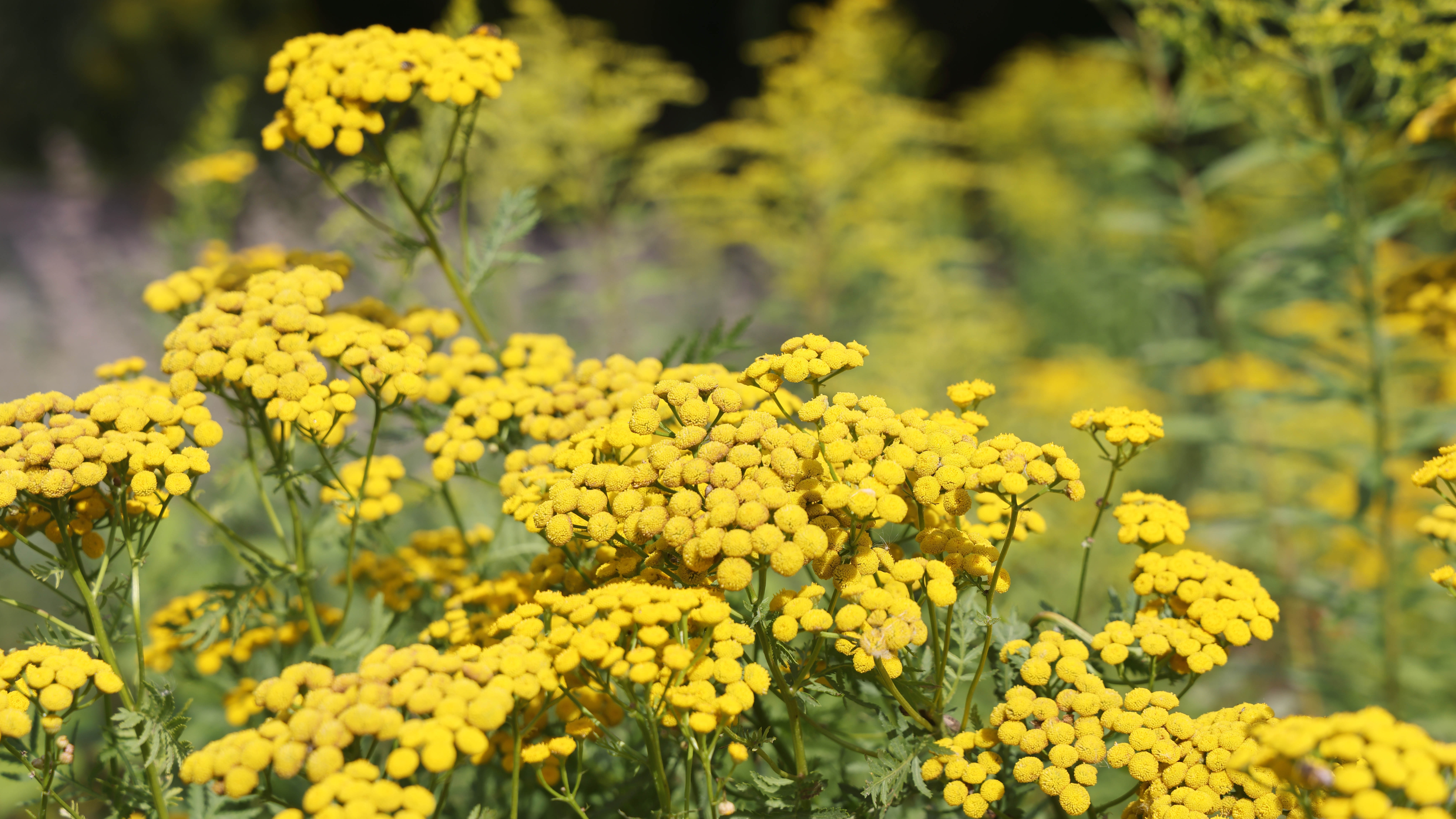
Finally, tansy is another perennial plant which can help out your ant problem. This is a tough and hardy plant, often regarded as a weed, which can easily become invasive. For this reason, most won’t risk growing it around their homes. But, it’s manageable in a container, and considering its effectiveness against ants, it’s worth your consideration. The aroma is sharp and spicy, driving away all kinds of pests, including but not limited to fleas, mosquitoes, moths, mice and ants.
Your tansy won't require much attention to thrive. It will grow well in full or partial sun, and will survive drought conditions as well, so you don’t need to worry if you forget to water it. However, it will require regular pruning to keep it neat. It’s also toxic if consumed, and naturally this extends to pets as well.
If you're interested in indoor plants, check out our guide on how to care for succulents.
More from Tom's Guide

Katie Mortram used to be a Homes Editor for Tom's Guide, where she oversaw everything from kitchen appliances to gardening tools, as well as smart home tech. Specializing in providing expert advice for cleaning and home manintenance, she now works as Household Advice Editor for Good Housekeeping.
